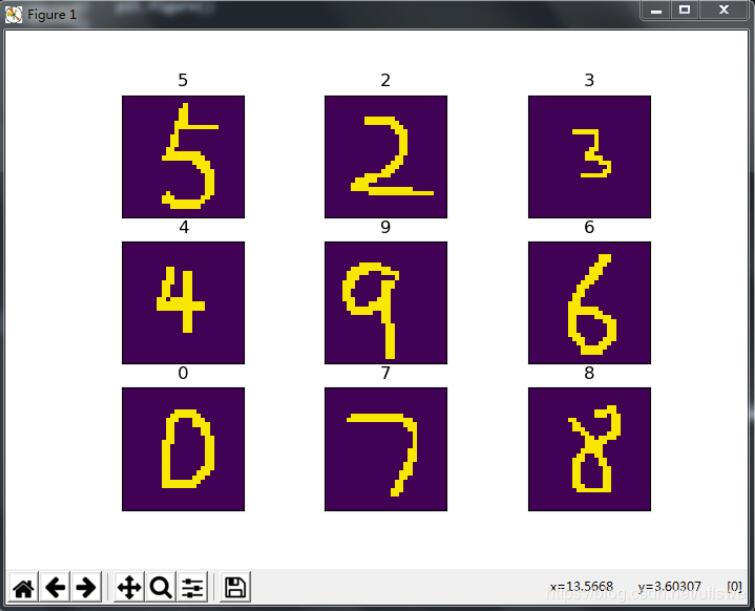Tensorflow MNIST CNN实现并保存加载模型 Tensorflow之MNIST CNN实现并保存、加载模型
uflswe 人气:0废话不说,直接上代码
# TensorFlow and tf.keras
import tensorflow as tf
from tensorflow import keras
# Helper libraries
import numpy as np
import matplotlib.pyplot as plt
import os
#download the data
mnist = keras.datasets.mnist
(train_images, train_labels), (test_images, test_labels) = mnist.load_data()
class_names = ['0', '1', '2', '3', '4', '5', '6', '7', '8', '9']
train_images = train_images / 255.0
test_images = test_images / 255.0
def create_model():
# It's necessary to give the input_shape,or it will fail when you load the model
# The error will be like : You are trying to load the 4 layer models to the 0 layer
model = keras.Sequential([
keras.layers.Conv2D(32,[5,5], activation=tf.nn.relu,input_shape = (28,28,1)),
keras.layers.MaxPool2D(),
keras.layers.Conv2D(64,[7,7], activation=tf.nn.relu),
keras.layers.MaxPool2D(),
keras.layers.Flatten(),
keras.layers.Dense(576, activation=tf.nn.relu),
keras.layers.Dense(10, activation=tf.nn.softmax)
])
model.compile(optimizer=tf.train.AdamOptimizer(),
loss='sparse_categorical_crossentropy',
metrics=['accuracy'])
return model
#reshape the shape before using it, for that the input of cnn is 4 dimensions
train_images = np.reshape(train_images,[-1,28,28,1])
test_images = np.reshape(test_images,[-1,28,28,1])
#train
model = create_model()
model.fit(train_images, train_labels, epochs=4)
#save the model
model.save('my_model.h5')
#Evaluate
test_loss, test_acc = model.evaluate(test_images, test_labels,verbose = 0)
print('Test accuracy:', test_acc)
模型保存后,自己手写了几张图片,放在文件夹C:\pythonp\testdir2下,开始测试
#Load the model
new_model = keras.models.load_model('my_model.h5')
new_model.compile(optimizer=tf.train.AdamOptimizer(),
loss='sparse_categorical_crossentropy',
metrics=['accuracy'])
new_model.summary()
#Evaluate
# test_loss, test_acc = new_model.evaluate(test_images, test_labels)
# print('Test accuracy:', test_acc)
#Predicte
mypath = 'C:\\pythonp\\testdir2'
def getimg(mypath):
listdir = os.listdir(mypath)
imgs = []
for p in listdir:
img = plt.imread(mypath+'\\'+p)
# I save the picture that I draw myself under Windows, but the saved picture's
# encode style is just opposite with the experiment data, so I transfer it with
# this line.
img = np.abs(img/255-1)
imgs.append(img[:,:,0])
return np.array(imgs),len(imgs)
imgs = getimg(mypath)
test_images = np.reshape(imgs[0],[-1,28,28,1])
predictions = new_model.predict(test_images)
plt.figure()
for i in range(imgs[1]):
c = np.argmax(predictions[i])
plt.subplot(3,3,i+1)
plt.xticks([])
plt.yticks([])
plt.imshow(test_images[i,:,:,0])
plt.title(class_names[c])
plt.show()
测试结果

自己手写的图片截的时候要注意,空白部分尽量不要太大,否则测试结果就呵呵了
加载全部内容